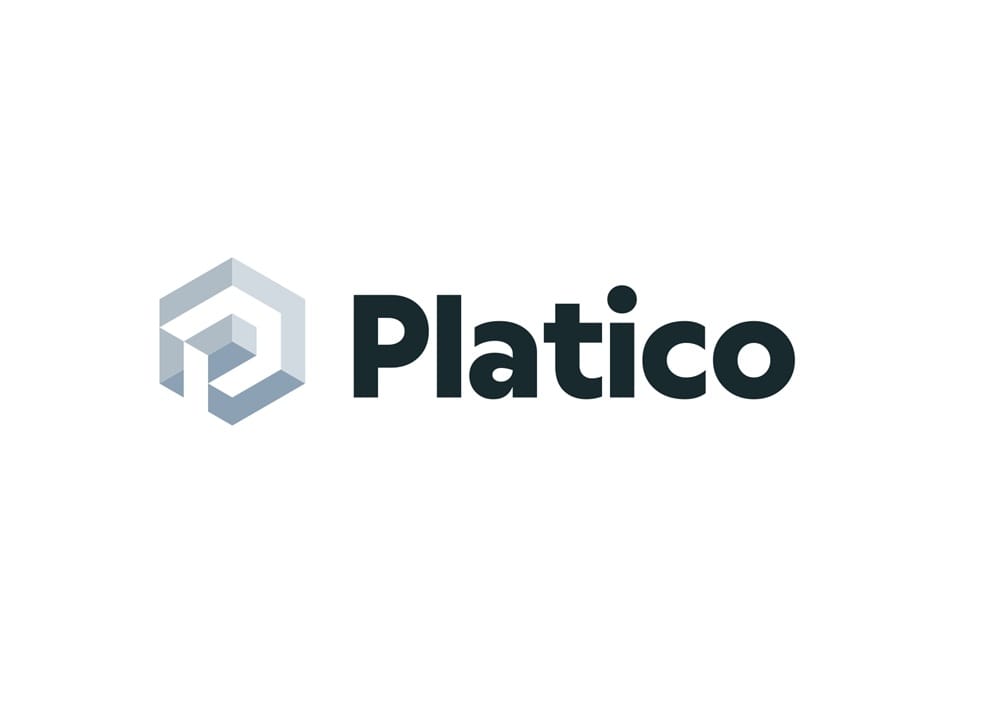
The year of the employee and the Great Return?
By Colin Redbond, SVP Product Strategy, SS&C Blue Prism
The past few years have seen a rise in dissatisfaction among the global workforce. The Great Resignation – the trend of people leaving their jobs in record numbers since the beginning of the pandemic – has shown no signs of slowing down, with one in five workers globally reporting plans to quit last year. These trends have persisted despite economic uncertainty.
While fair financial remuneration was a key factor driving this trend, nearly equally as important was job fulfillment. Many employees feel overworked, with burnout rates on the rise. Depression and anxiety cost the global economy $1 trillion annually, mostly due to reduced productivity. Employees feel overwhelmed with work – many struggle to find the time to do their actual job, with many of their days preoccupied with tangential activities like emails and shifting between tasks. These conditions are causing work to spill over into after-hours, undermining work-life balance.
Companies increasingly recognize the value of happy, satisfied employees, and the need to remedy this status quo. The solution to this problem is an intelligent automation platform built around an employee-centered model.
Digital transformation and, specifically, intelligent automation, will be critical in facilitating this workplace shift, paving the way for better use of employees’ time and more exciting work, fueling innovation, career growth, and better work-life balance.
Done effectively, intelligent automation could drive the “Great Return.”
How does intelligent automation support workers while also answering their growing workplace demands?
By connecting human workers and digital workers, companies can expedite productivity. Robotic process automation (RPA) supports workers by taking over repetitive and mundane tasks, accounting for over half of workers’ workdays. However, RPA is rarely used to its fullest capacity. When combined with other advanced technologies, like artificial intelligence (AI), business process management (BPM), natural language processing, machine learning, etc., the benefits of automation are multiplied. Digital workers enabled by these advanced technologies can support increasingly complex and sophisticated work, including the type requiring decision-making abilities.
The importance of the human-centered approach for workers and businesses
The rise in employee dissatisfaction presents a problem to businesses and organizations because they need their workers to drive digital transformation and, more importantly, provide the uniquely human skills and abilities they bring to the table, like creativity, empathy, and critical thinking.
Only an intelligent automation model designed around the needs of human employees can extract maximum value from human and digital workers, enabling the two to come together to drive business outcomes. Such a model focuses on the wants and needs of the employee and how automation can best be used to complement them. Rather than focusing on process-driven questions like, “How do we maximize output?” organizations ask employee-centered questions like, “How can we make people’s jobs easier?” “How can we improve the employee experience?” “What impacts are our strategies having on employees?” etc.
As businesses tend to the needs of their employees, their outcome-related objectives naturally get met and – frequently – surpassed. Employees are recharged as the need to work after hours reduces and their sense of work-life balance is much improved. Naturally, workers’ motivation rises – this effect is further amplified by the renewed ability to focus on more engaging and fulfilling work. These impacts on workers result in more productive employees who are also champions of intelligent automation as direct beneficiaries of its transformative abilities.
But what about non-technical or tech-resistant workers?
The above approach works for employees willing to accommodate digital workers, but what about those who resist embracing these technologies or are non-technical?
Senior-level sponsorship of any intelligent automation strategy is integral to success. Leaders are responsible for choosing effective solutions, conveying their benefits to employees, and stirring up incentives and motivations for workers to champion digitalization. This approach includes providing comprehensive training and reskilling and upskilling learning opportunities.
Such training initiatives need to meet the individual needs of workers with various levels of technical literacy. For example, those nearing retirement may need different training than those just entering the workforce. These groups will also have different motivators, so these factors must be considered when devising incentives. The relevant benefits of intelligent automation may differ across groups; onboarding programs should reflect this.
The human-centric model of automation has a lot to offer for many groups of employees and their employers, which is why we will see it take priority over the previous process-driven approach in the coming years. Questions about making people’s jobs more accessible and better will take center stage. Automation plans will focus on how employees and digital workers best complement each other, instead of focusing primarily on costs saved. The result will be a more empowered workforce and a more competitive enterprise.


